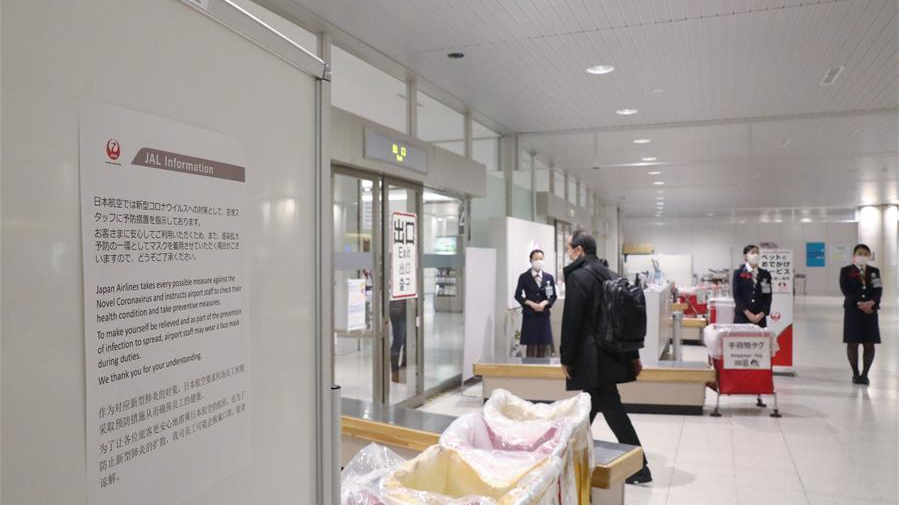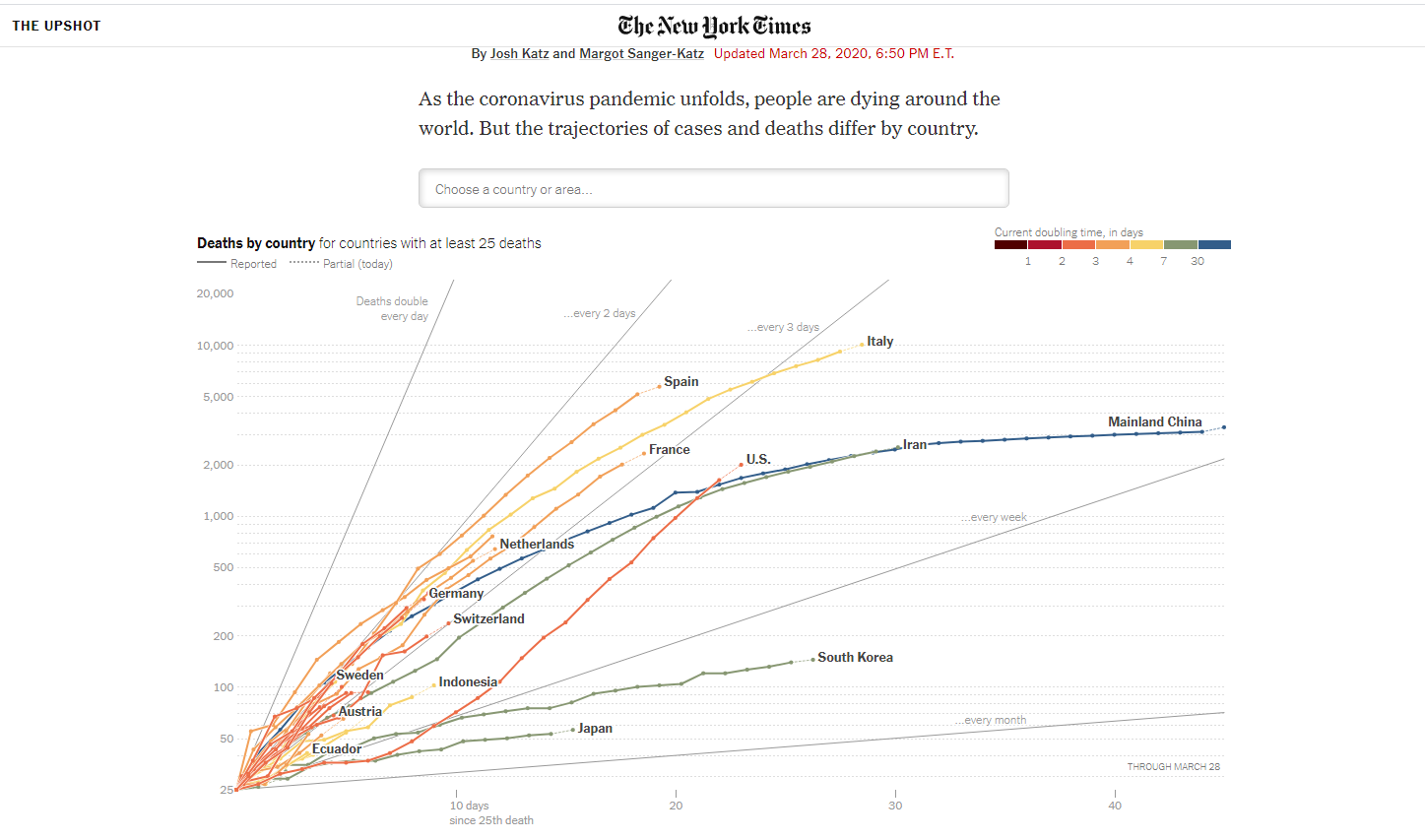
Airlines agents wear face masks to provide service at the New Chitose Airport in Hokkaido, Japan, January 29, 2020. /Xinhua
Airlines agents wear face masks to provide service at the New Chitose Airport in Hokkaido, Japan, January 29, 2020. /Xinhua
Editor's note: Djoomart Otorbaev is the former prime minister of the Kyrgyz Republic, a distinguished professor of the Belt and Road School of Beijing Normal University, and a member of Nizami Ganjavi International Center. The article reflects the author's opinions, and not necessarily those of CGTN.
In spite of bad news for humanity in its fight with the coronavirus outbreak, I stay optimistic – we will win the battle against the deadly disease. In this article I want to touch upon only one subject. How will our behavior be changed in terms of maintaining our hygiene habits in a post-COVID-19 world?
All over the world everybody is busy with promotion of hygiene standards. Heads of state and governments, celebrities, sport stars all are busy teaching people how to wash their hands, not to touch their faces, not to shake hands, and not to hug. They implore wet cleaning, regular sanitation, and call for proper nutrition, etc. That is what Japanese people have been doing for generations.
Let me make an assumption – we all are going to drift, some quicker and some slower, to "Japanese ordinary hygiene standards." A conduct I believe will be positive development for all of us. Let me explain what I mean.
Let's first have a look on how Japan is reacting to the current COVID-19 pandemic crisis and what they have as results. Responding to the coronavirus outbreak, the government closed all schools two weeks before the spring holidays and cancelled all public events. A ban remains prohibiting large public events. There are serious travel restrictions which forbid foreign visitors from the "high-risk" regions, such as EU countries and South Korea to enter Japan. In other areas, life mainly remains the same. The shops and restaurants stay open and most of Japanese employees continue to work in their offices. This week Japanese people without much hesitation bunched in thousands to cherry blossom hotspots across the country.
Surprisingly the country at the present appears to have relatively small number of confirmed COVID-19 cases. On 27 March 1,507 people have been tested positive. The death toll rose by four to 51. Many rightly argue that the low number is partly related to low rate of testing. Indeed, as of 20 March Japan arranged only 118 tests per one million people, while South Korea has tested 6,148 per one million people, and the United Arab Emirates has tested 12,738 per one million people.
Despite its closeness to China, and as one of the first countries to have been affected by COVID-19, one a priori might assume that Japan would have been in more severe situation. The country is very densely populated and it has the highest percentage of elderly people in the world, who are at highest risk of dying from the disease. However, Japan hasn't seen the massive outbreak of the coronavirus. Only few dozen new infections are reported every day. The presented graph which is taken from The New York Times demonstrates the amount of deaths by country as of 23 March. It can be seen that the death toll curve related to Japan is the flattest one, which is amazing observation considering the country's highest percentage of elderly people in the world.

Screenshot of The New York Times
Screenshot of The New York Times
Many experts agree that Japan's measures look careless in comparison with countries such as Italy, Spain or the U.S. But why are the numbers so modest despite that many rightly claims that both society and government are not focused yet and not doing enough to contain the virus? What are Japanese doing differently to slow the spread? What is their secret?
Even professionals, like Dr. Rabinowitz, who is a co-director of the University of Washington MetaCenter for Pandemic Preparedness and Global Health Security have been puzzled by the Japanese case: "It's either they did something right or they didn't, and we just don't know about it yet," he wondered.
Let me try to offer a modest explanation on why Japan is so different in its relation to the current pandemic and its expansion.
What is now called quarantine all over the world, in Japan they call it the natural everyday hygiene. They teach this from the early age and then follow it all their lives. Japanese people are extremely hygienic.
Washing hands few times a day is a norm. They also take showers on daily basis, but sometimes few times a day. They change and wash their clothes every day. Normally Japanese are not shaking hands, hugging or touching each other. The Japanese bow replaces all those actions. The Japanese always keep their distance. When one stands in line at a store or wait for public transport, no one will breathe on to the back of another's head. Sanitation is everywhere. For example, escalator handrail tape is always treated by a special machine with a disinfectant antibacterial solution when it goes under the floor.
All over the country, all toilets are free, incredibly clean and well-equipped. People can wash their hands with soap and water everywhere and anytime. All food in stores is packaged and hermetically sealed. If a Japanese person feels sick, they put on a mask so as not to infect others.
Maybe these "small" facts are the secrets of steadiness of the Japanese nation? Japanese people don't need coronavirus to teach them how to exercise normal hygienic procedures. But perhaps it will teach many others on how to behave in post-virus era.
(If you want to contribute and have specific expertise, please contact us at opinions@cgtn.com.)